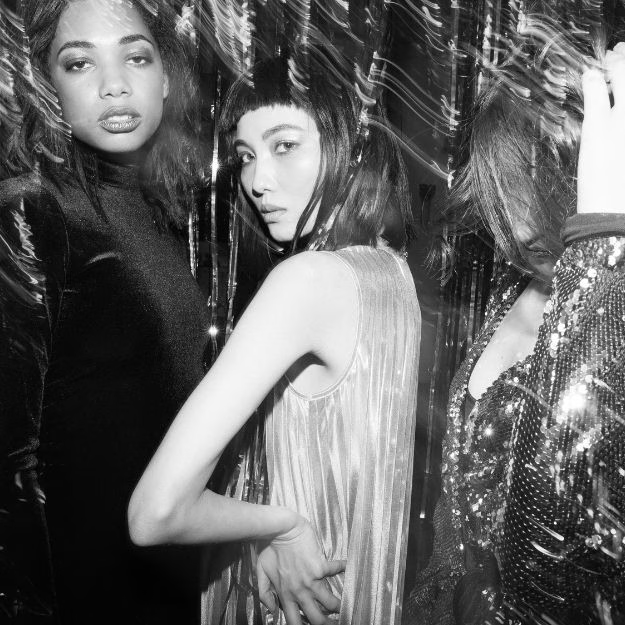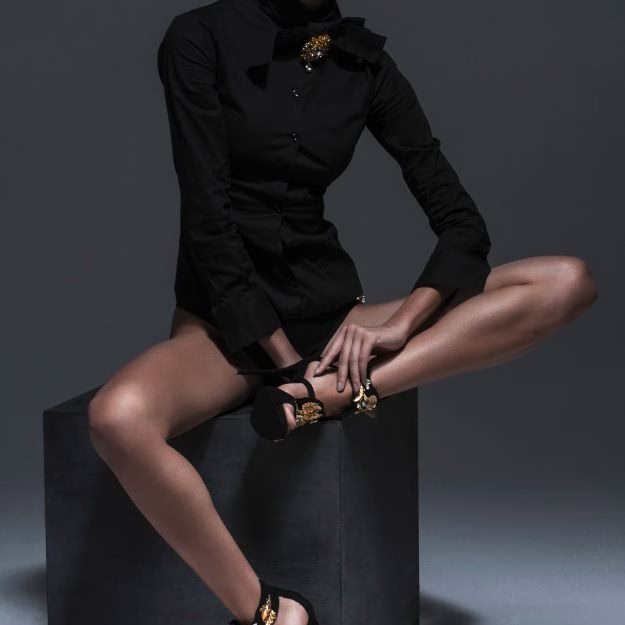
Fashion through the ages: A reflection of culture, identity, and self-expression.
From the earliest civilizations to the modern trends we see today, clothing has always been a reflection of the times. It’s a fascinating journey to trace the evolution of style, seeing how it has been shaped by cultural shifts, technological advancements, and the ever-changing human desire for self-expression.
Ancient Influences: Where it All Began
In ancient civilizations, clothing served both practical and symbolic purposes.
- Egypt: Linen was the fabric of choice, offering comfort in the hot climate. Elaborate adornments and jewelry were used to signify wealth and status.
- Greece: Draped garments like the chiton and himation emphasized flowing lines and natural beauty.
- Rome: The toga, a symbol of Roman citizenship, reflected power and authority.
Medieval and Renaissance: A Time of Extravagance and Restraint
The Middle Ages saw a shift towards more structured garments.
- Medieval Europe: Layered clothing, pointed shoes, and elaborate headwear were common. Social status was reflected in the richness of fabrics and ornamentation.
- Renaissance: The Renaissance brought a renewed interest in classical art and a focus on the human form. Clothing became more tailored, with rich fabrics like velvet and silk.
The 18th and 19th Centuries: Revolution and Refinement
This era saw dramatic changes in fashion, influenced by social and political upheaval.
- 18th Century: The Rococo period was characterized by extravagance and opulence, with elaborate gowns, powdered wigs, and ornate accessories.
- 19th Century: The Victorian era brought a more conservative style for women, with corsets, full skirts, and high necklines. Men’s fashion became more streamlined, with the rise of the suit.
The 20th Century: A Century of Change
The 20th century was a whirlwind of fashion innovation, reflecting rapid social and technological changes.
- 1900s – 1910s: The Edwardian era saw a softer silhouette for women, with flowing gowns and elaborate hats.
- 1920s: The “Roaring Twenties” brought a sense of liberation and modernity, with flapper dresses, bobbed hair, and a focus on comfort and practicality.
- 1930s: The Great Depression led to a more subdued style, with bias-cut dresses and elegant evening gowns.
- 1940s: World War II brought rationing and a focus on practicality, with shorter skirts and simpler silhouettes.
- 1950s: The post-war era saw a return to femininity, with full skirts, cinched waists, and a playful, youthful aesthetic.
- 1960s: The “Swinging Sixties” were a time of rebellion and experimentation, with miniskirts, bold colors, and psychedelic patterns.
- 1970s: The disco era brought flared pants, platform shoes, and a carefree, bohemian vibe.
- 1980s: Power dressing and bold silhouettes defined the 80s, with shoulder pads, leggings, and neon colors.
- 1990s: Grunge and minimalism emerged, with a focus on comfort and casual styles.
Modern Era: Anything Goes!
Today, fashion is a global mashup of styles and influences. We mix vintage with modern, embrace diversity, and are becoming more conscious of sustainability. It’s a time for self-expression, where you can truly be yourself and wear what makes you feel good. From streetwear to high fashion, athleisure to avant-garde, the possibilities are endless.
Fashion: A Mirror to Society
Throughout history, fashion has reflected our values, dreams, and even our fears.
It’s a powerful way to show the world who we are and connect with others. So next time you get dressed, remember that you’re not just putting on clothes; you’re participating in a long and fascinating history of self-expression. Sources and related content


